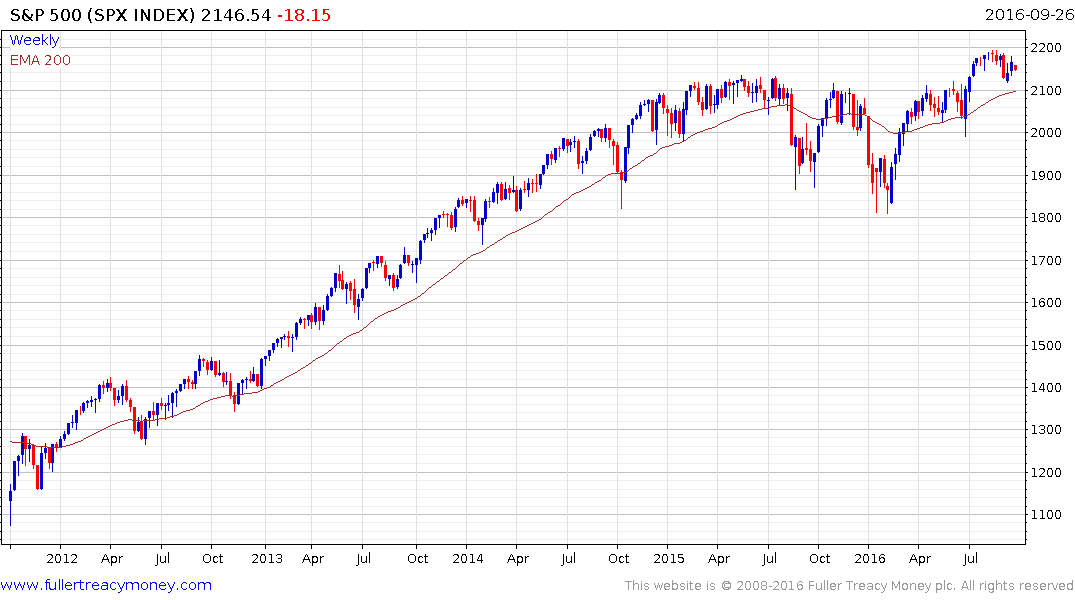Guide to the 2016 Elections
Thanks to a subscriber for this report from Wells Fargo offering a summary of potential outcomes to the upcoming elections. Here is a section:
Some key risk seem clear: Higher budget deficits and trade restrictions are prominent risks in our scenarios. Limiting trade, widening deficits, and raising the public debt should be negative for the dollar and U.S. financial asset prices during the next four years.
What it may mean for investors: We believe that the worst risks to the financial markets, discussed on page4s 6-10, have the lowest probabilities of occurring and advise investors not to allow the candidates’ broad unpopularity to drive fear of worse financial market impacts that are likely. In our view, investors should avoid large portfolio changes based on election fears or speculations.
?Divided government obscures some potential opportunities but clarifies others: The strong cross-party ideological divide complicates the task of spotting investment opportunities from immigration, health care, trade, and regulation policies. Yet, sector opportunities seem clearer from prescription drug prices caps and, especially, fiscal policy, including tax reform and new infrastructure and defense outlays.
What it may mean for investors: The previous pages identify some potential investment opportunities, but clues about policy direction may emerging only slowly until January 2018 and possibility not until mid-2016. As the eventual policy priorities become more discernible to financial markets, investors might use this guide to identify the issues and the potential investment implications.
Here is a link to the full report.
The media circus surrounding the US Presidential elections is in full swing with the much anticipated first debate this evening. What is perhaps most important from a markets' perspective is that both candidates support increased fiscal spending.
That represents a challenge for bond markets in the medium-term but should help to boost economic growth numbers in the short-term provided money is spent on capital intensive long-term value projects rather than political boondoggles. Putting more money in more people’s pockets should also be positive for the stock market considering that the majority of the US economy is consumer driven. Of course a lot can happen between now and when a new president is sworn-in early next year.

The S&P500 needs to continue to hold above the trend mean if the breakout to new highs is to be sustained and the upside given the benefit of the doubt.


